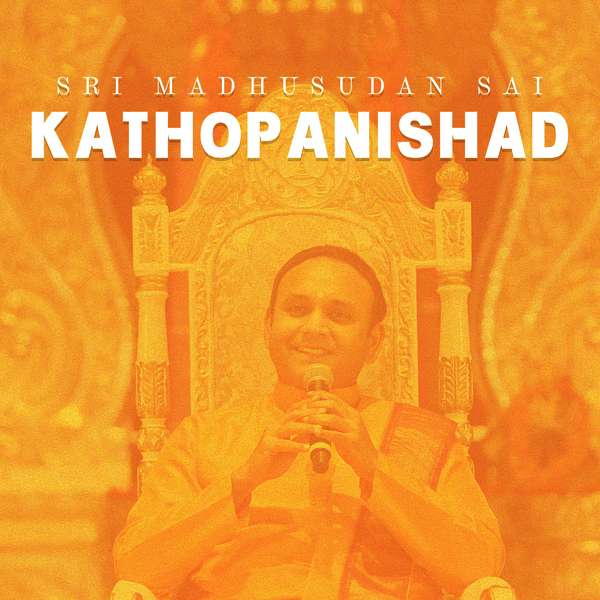
Kathopanishad
Kathopanishad is one of the 10 principal upanishads which present the essence and culmination of all knowledge found within India’s most ancient and sacred texts; the vedas. It is a dialogue between a little boy named Nachiketa and the Lord of Death, Yama, which covers the nature of life after death, the true meaning of sacrifice, and how one can transcend death.
It is believed that listening to the upanishads is the first step towards discovering our unique spiritual path to liberation. In 2020, Sadguru Sri Madhusudan Sai gave a series of talks over the course of a month, which methodically and thoroughly explained the significance of the Kathopanishad and its relevance to us in our lives. This podcast series is compiled from those talks.
Kathopanishad
45. Rise From Body Consciousness To Divine Consciousness
Symbolically, everything that we consume through our senses is offered into a yajña (ritual) that continually goes on within us. The priest conducting the yajña represents our mind and the yajña puruṣa is verily brahman Himself. However, the ariṣaḍvargas (inner demons) are bent on disrupting the positivity and sanctity of the yajña. Just like the three demons who continuously trouble us in the form of the tāpatrayas.
In this episode, Sadguru teaches us the essence of the Ramayana. Sage Visvamitra, who represents our buddhi, will need to seek the help of Rama and Lakshmana (viveka and vairāgya) to fight our inner enemies. Vanquishing Ravana symbolises the end of this yuddha (battle), wherein the ten indriyās are conquered: the seeker has given up body consciousness (deha bhāva) and attained divine consciousness (ātma bhāva).
The one who persists through the battle, not stopping and not giving up until the goal is achieved eventually goes beyond duality, attains ānanda and comes to be known as a jīvanmukta (one who is liberated while still alive).
If you'd like to get the links and shownotes for this episode, visit:
https://www.saiprakashana.org/KU-EP45
Podcasts we love
Check out these other fine podcasts recommended by us, not an algorithm.

Ishavasyopanishad
Sanathana Vani